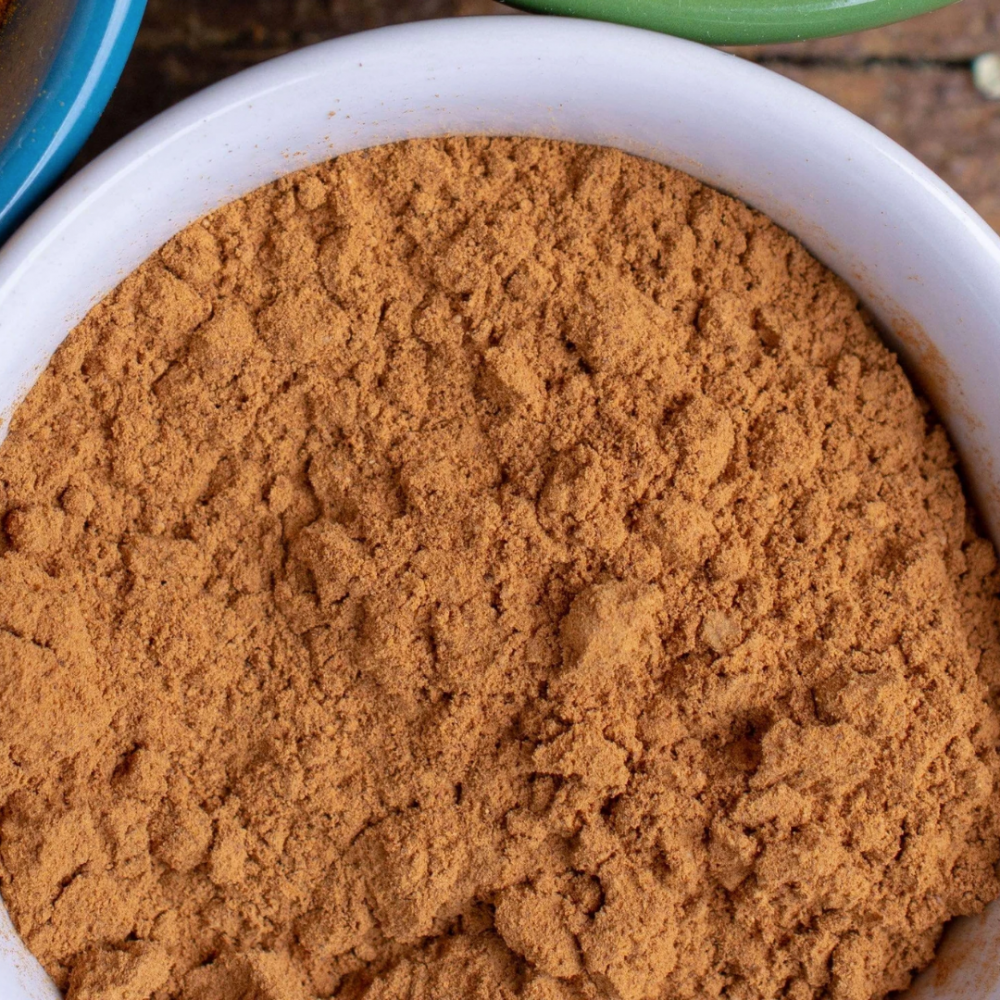There are two main classes of cinnamon: cassia cinnamon and Ceylon cinnamon. Both are harvested in sheets from trees, which curl into bark-like cinnamon “sticks.” Sticks of cassia cinnamon are rougher, darker and thicker than Ceylon cinnamon, with a more potent flavor.
Cassia comes in different varieties. Indonesian cassia is the type most common in American grocery stores, and it is milder than Saigon cassia (also known as Vietnamese cinnamon), which is intensely flavorful, almost spicy.
Ceylon cinnamon (sometimes referred to as Mexican cinnamon, due to its popularity there) is lighter in color and has thinner bark and the mildest, most delicate flavor of all the varieties.
To compare them, we made cinnamon-dusted snicker doodles, but there was no clear winner. Some tasters loved the subtlety of Ceylon cinnamon. Others preferred the spicier punch of the Saigon cinnamon. And for some, Indonesian cinnamon offered the best of both worlds—neither understated nor overpowering.
In general, we recommend Saigon cinnamon for spice-forward baked goods such as cinnamon rolls, and for savory dishes. Ceylon is better for more delicate recipes, such as rice pudding or custard. But if you plan to keep just one cinnamon, medium-strength Indonesian cassia is the most versatile.
As with any spice, freshness is important. Look for single-source spices from companies that work with farmers directly. This cuts down on the time between when the cinnamon is harvested and when it appears on store shelves.
See here for more cooking tips inspired by questions on our radio show, and find more from Milk Street Magazine here.
Join the conversation on Facebook, Twitter, Instagram and Pinterest






